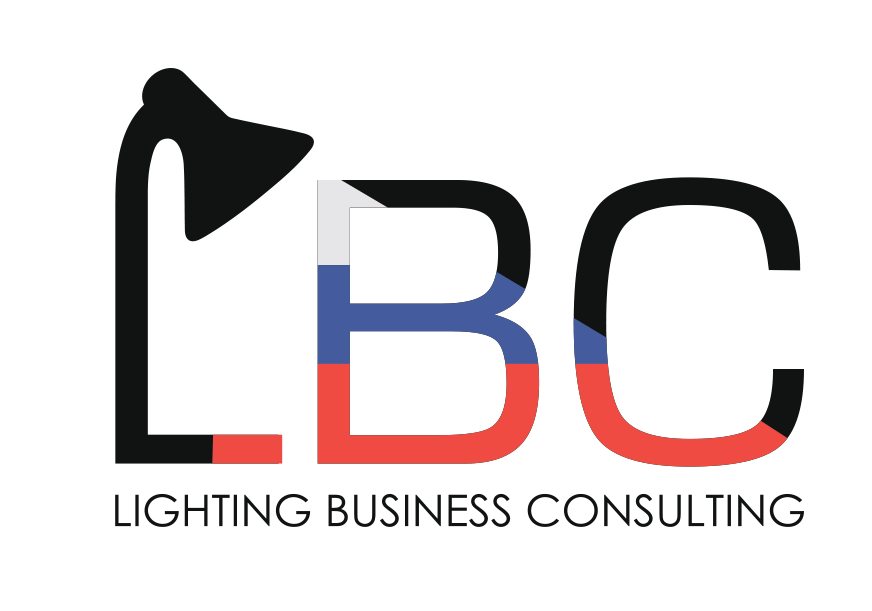06.06.2014
GILE 2014: Russian Government Energy Efficiency Projects Spur LED Market Growth
The Russian lighting market has seen explosive growth in LEDs over the past year; spurred by government initiatives to increase energy efficiency in lighting products and decrease energy intensity of GDP by 40 percent by 2020. Sergey Borovkov, Managing Partner at Lighting Business Consulting LLC in Russia, spoke to LEDinside at Guangzhou International Lighting Exhibition 2014 about the current market conditions and future outlook of the Russian lighting market.

Sergey Borovkov, Managing Partner at Lighting Business Consulting LLC in Russia
The proportion of LED lighting fixtures and lamps within the lighting market in Russia is anticipated to increase substantially over the next few years. Currently, LED-based products make up 37 percent of general lighting at US $714 million. That number is estimated to increase to 83 percent by 2020 at US $3.7 billion, according to Borovkov.
The commercial lighting sector is currently the largest in the Russian lighting market, followed by office and industrial as these sectors have the most money and understand the need for quality and energy efficient lighting. Control systems have also seen an increase in growth as the market moves towards smart lighting. The retrofit market however is not large at the moment, except for halogen retrofits. This is due to the fact that lighting in this area is still too expensive for government purchasing. “The Russian government focuses on price rather than quality and energy efficiency when purchasing lighting solutions,” said Borovkov. Currently, 60 percent of outdoor lighting is through government purchasing which favors less expensive lighting such as sodium lamps and luminaires.
Despite the government’s preference for cost over quality, it has remained one of the main drivers for market growth. The Russian Railway Corporation (RZD), for example, has adopted a plan to purchase only LEDs in order to retrofit all railway station lighting throughout Russia. “The RZD is one of the biggest governmental buyers in our country. Their budget is huge. They have already implemented railway lighting in the stations and along tracks. They are refurbishing their train cars and putting LEDs inside the wagons. The project began in 2009 and is still continuing due to the sheer size of the project,” said Borovkov.
Despite the push for increasing energy efficiency, the Russian government does not offer subsidies for lighting manufacturers. “Lighting associations are currently fighting for this, for our government to at least subsidize local manufactures of LED solutions,” said Borovkov, “In 2008, the Ministry of Economy made a decree to support local manufacturers through government tenders. Local manufacturers were given a 15 percent price advantage over foreign manufacturers for government tenders. There were no exceptions. This decree however was changed in May of this year because of Customs Union of Russia, which include Belarus and Kazakhstan. Now, the Russian Federation along with the Customs Union has 15 percent advantage, but only for select products. Unfortunately, lighting is not included. We are currently negotiating with the Ministry of Economy to including lighting. “
However, with the LED market growing more than 50 percent a year and governmental programs on energy efficiency, opportunities for foreign manufacturers wanting to expand into the Russian lighting market are growing. “Our regional authorities are really interested in bringing in foreign investment. We have several free economic zones where the government has already granted some preferences for foreign companies who would like to establish manufacturing there,” said Borovkov.
According to Borovkov, there are five keys to success for manufacturers looking to break into the Russian market. The first is through establishing a local legal entity. This allows manufacturers to participate in state and municipal tenders. By law, only Russian manufacturers can participate in governmental purchasing which is more than US $400 million per year. The second is through setting up a manufacturing base in Russian and producing “Made in Russia” products. This allows companies to gain a 15 percent price advantage in state and municipal tenders. Unfortunately, this is currently not available for lighting manufactures as stated previously. The next key is through a wide distribution network. Manufacturers must have a distribution network in order to be successful. A locally adapted brand name is also important. A brand name that is easily recognizable and simple to pronounce makes it easier for local consumers to remember and accept. The final key is through the registration of legal entities in special economic zones.
The Russian lighting market has seen a 50 percent growth in LED luminaire and lamp proportions. In addition to government support, the LED lighting market has the opportunity to reach US $3.7 billion by 2020 compared to US $714 million in 2013. Expansive territory size, large market scale, and government support makes Russia the prime market for manufacturers looking to expand their company. In terms of emerging markets, the Russian lighting market is one to watch.





